Benefits of Conducting Senior Health Check-Ins at Home
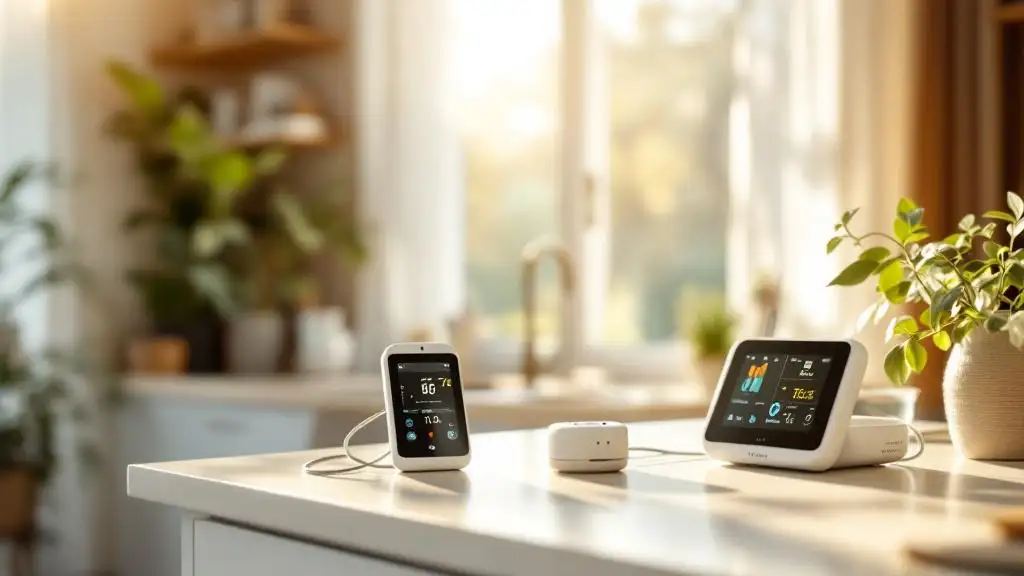
The Growing Importance of At-Home Senior Health Monitoring
As the global population ages, the importance of accessible, personalized healthcare for seniors becomes increasingly evident. Conducting health check-ins at home offers numerous benefits, from early detection of health issues to promoting independence and safety. This article explores how regular in-home assessments and monitoring can improve health outcomes, support aging in place, and ensure a higher quality of life for older adults.
The Role of Regular Health Monitoring Devices in Senior Care
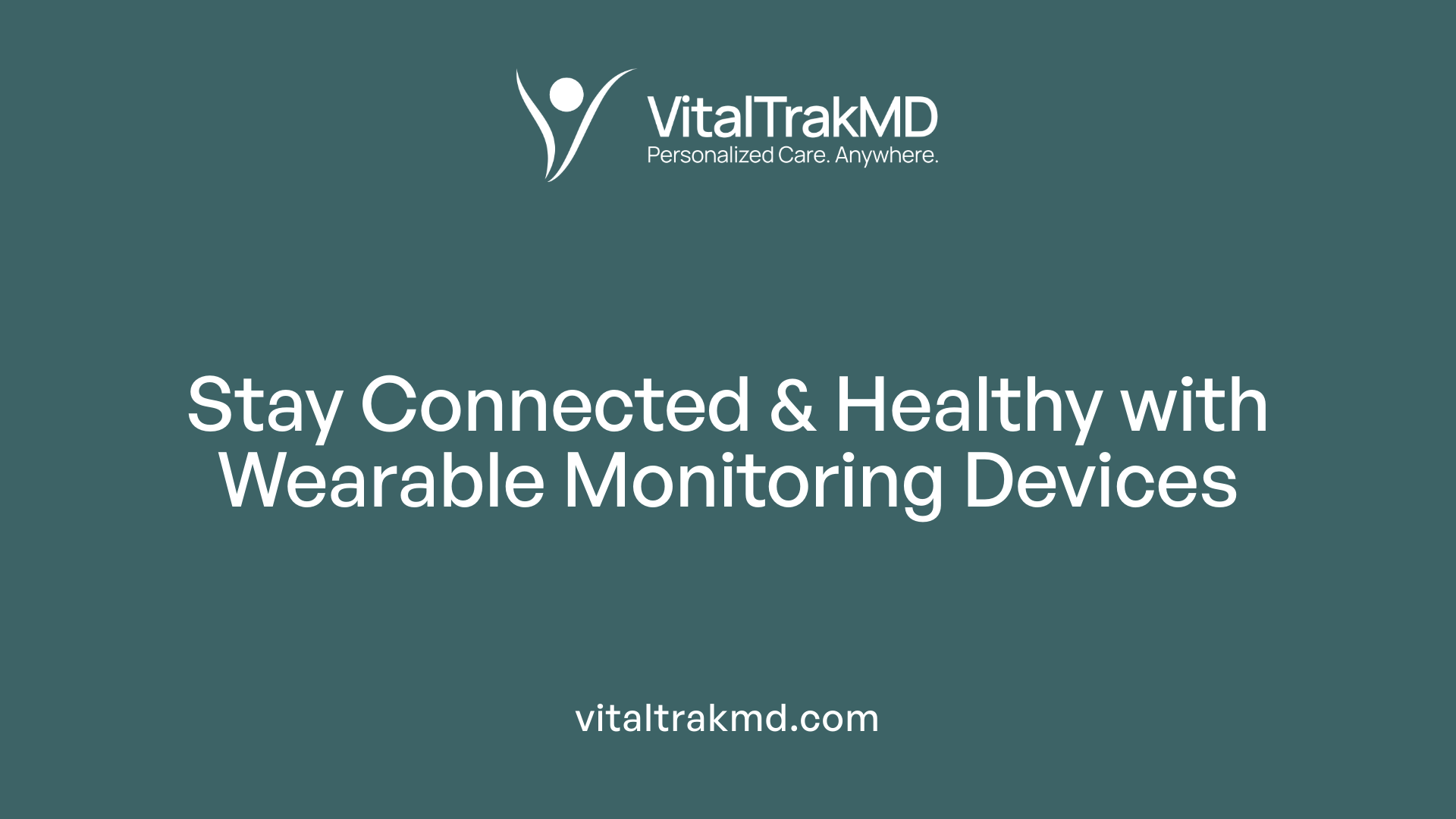
What are the benefits of conducting senior health check-ins at home for improving health outcomes?
In-home health check-ins for seniors offer significant advantages that enhance overall health and well-being. These assessments enable early detection of potential health issues, leading to timely interventions that can prevent the deterioration of health or emergency hospital visits.
One major benefit is their ability to facilitate prompt management of chronic conditions such as diabetes, hypertension, or arthritis. By regularly monitoring vital signs and health parameters in a familiar environment, healthcare providers can create tailored care plans suited to each senior's specific needs.
Furthermore, conducting check-ins at home encourages open communication, ensuring seniors feel more comfortable discussing concerns and adhering to medical advice. This personalized approach supports maintaining independence and helps address social and emotional aspects, reducing feelings of loneliness.
Home health assessments also encompass services like medication reviews, wear-and-tear wound care, and physical therapy, which are vital for aging in place. They help prevent complications by identifying issues early and supporting optimal health management.
Overall, these in-home visits foster holistic health, enabling seniors to stay active, healthy, and connected to their caregivers, ultimately improving their quality of life.
Wearable devices such as heart rate monitors, glucometers, and pulse oximeters
Wearable health devices have become invaluable tools in senior care. Devices such as heart rate monitors, blood glucose meters (glucometers), and pulse oximeters help seniors continuously track vital signs.
These devices are designed for ease of use and provide real-time data that can be shared with healthcare providers remotely. This technology allows for ongoing health monitoring without visiting clinics, which is particularly beneficial for those with limited mobility or in rural areas.
Tracking vital signs to detect abnormalities early
Consistent monitoring using wearable and home-based devices enables early detection of health abnormalities. For example, irregular heart rates, blood sugar spikes, or decreased oxygen levels can signal underlying health issues requiring immediate attention. Early detection prompts timely intervention, decreasing the risk of complications.
Regular tracking also helps identify trends over time, offering valuable insights into chronic disease progression or response to treatment.
Supporting chronic disease management and medication adherence
Wearable devices and health monitors play an essential role in managing chronic illnesses. They assist seniors in adhering to prescribed medication schedules through reminders and notifications.
Furthermore, data collected from these devices supports personalized treatment plans, adjusting medication or lifestyle recommendations as needed. This proactive approach reduces the likelihood of emergencies due to medication lapses or unmanaged symptoms.
In summary, integrating wearable health technology into senior care enhances disease management, promotes safety, and ultimately, supports healthier aging.
The Expansion of Telehealth and Virtual Care for Seniors
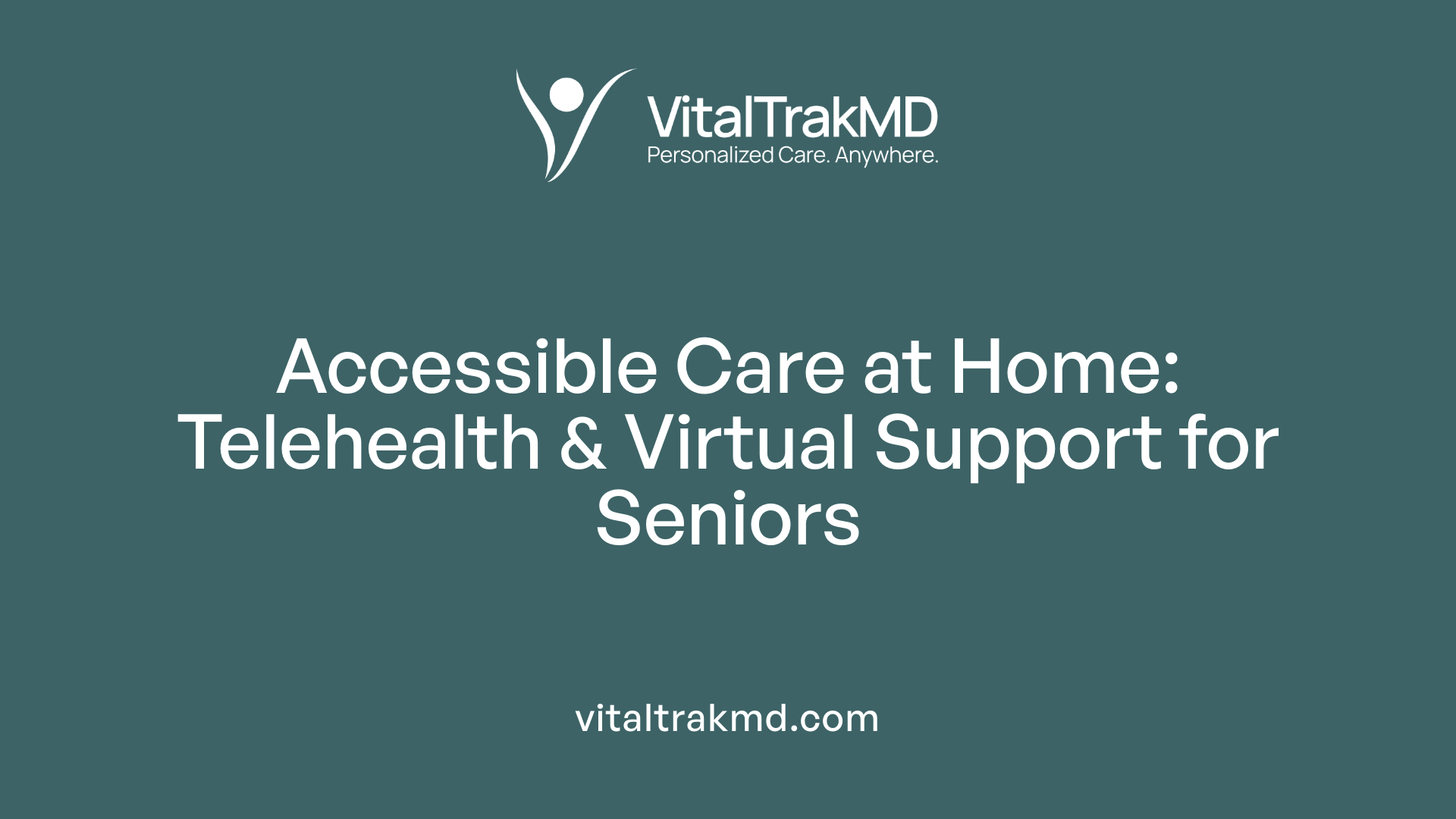
How do senior health check-ins contribute to overall well-being and peace of mind?
Senior health check-ins are a crucial aspect of maintaining health and independence in older adults. These regular interactions with healthcare providers help detect early signs of potential health problems such as heart issues, diabetes, or cancers. Timely detection enables early intervention, which can improve treatment success and extend lifespan.
Telehealth services and video consultations have transformed how seniors access healthcare. By connecting with providers remotely, seniors can undergo check-ins from the comfort of their homes, reducing the need for travel and exposure to hospitals. These virtual interactions are especially beneficial for seniors with mobility issues or those living in rural areas.
Remote healthcare interactions not only facilitate emergency assessments and routine screenings but also promote continuous monitoring of vital signs and chronic conditions. Wearable devices, blood pressure monitors, pulse oximeters, and glucose monitors support real-time data sharing with healthcare professionals. This ongoing surveillance helps identify abnormalities early, allowing for prompt adjustments to treatment plans.
Reducing hospital visits and increasing safety through virtual care minimizes the risk of infections and other complications. It also alleviates stress and enhances the overall safety and comfort of seniors. Additionally, virtual consultations foster stronger relationships between seniors and healthcare providers, leading to more personalized and effective care.
Overall, the integration of telehealth and remote health monitoring significantly contributes to improved health outcomes, reduced healthcare costs, and peace of mind for seniors and their families. By embracing virtual care, we support aging in place, promoting independence and well-being.
| Aspect | Description | Benefit |
|---|---|---|
| Telehealth services | Video consultations and remote check-ins | Convenience, accessibility, reduces hospital visits |
| Remote health monitoring | Wearable devices and home monitoring tools | Early detection, management of chronic conditions |
| Safety features | Fall detection sensors, emergency response | Immediate assistance in emergencies |
The Benefits of In-Home Wellness and Safety Checks
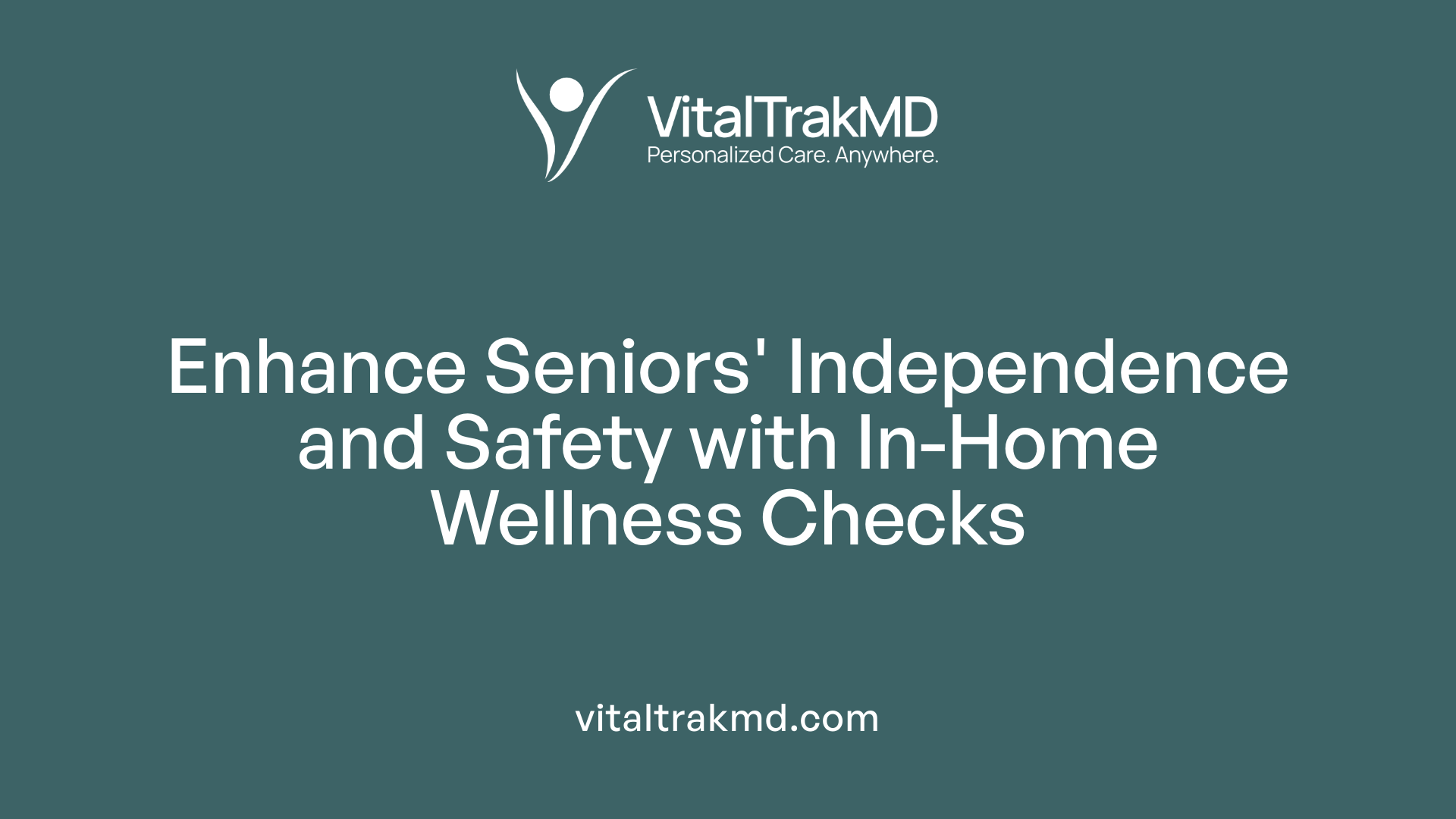
How do home health assessments support senior independence and safety?
Home health assessments are essential tools for maintaining the safety and independence of older adults living at home. These evaluations involve trained professionals, such as occupational therapists and healthcare specialists, systematically inspecting the living environment to identify potential hazards.
During the assessment, they examine each room to find risks like loose rugs, cluttered walkways, poor lighting, or unsafe stairways. These hazards can lead to falls or other injuries, which are common concerns among seniors.
Based on their findings, professionals recommend specific modifications to improve safety. Common adjustments include installing grab bars in bathrooms, adding non-slip mats, improving lighting, or reorganizing furniture to create clear pathways. These practical solutions are tailored to each senior’s unique needs, ensuring their home becomes a safer place.
Modern risk assessment tools and technology further enhance these evaluations, helping to detect dangers early. By implementing these safety measures, seniors can perform daily activities with more confidence and less risk.
Overall, home health assessments support older adults in retaining their independence by reducing the likelihood of accidents and hospitalizations. They also promote a sense of security and comfort, enabling seniors to enjoy a better quality of life in their familiar environment.
Proactive Prevention and Early Detection Strategies
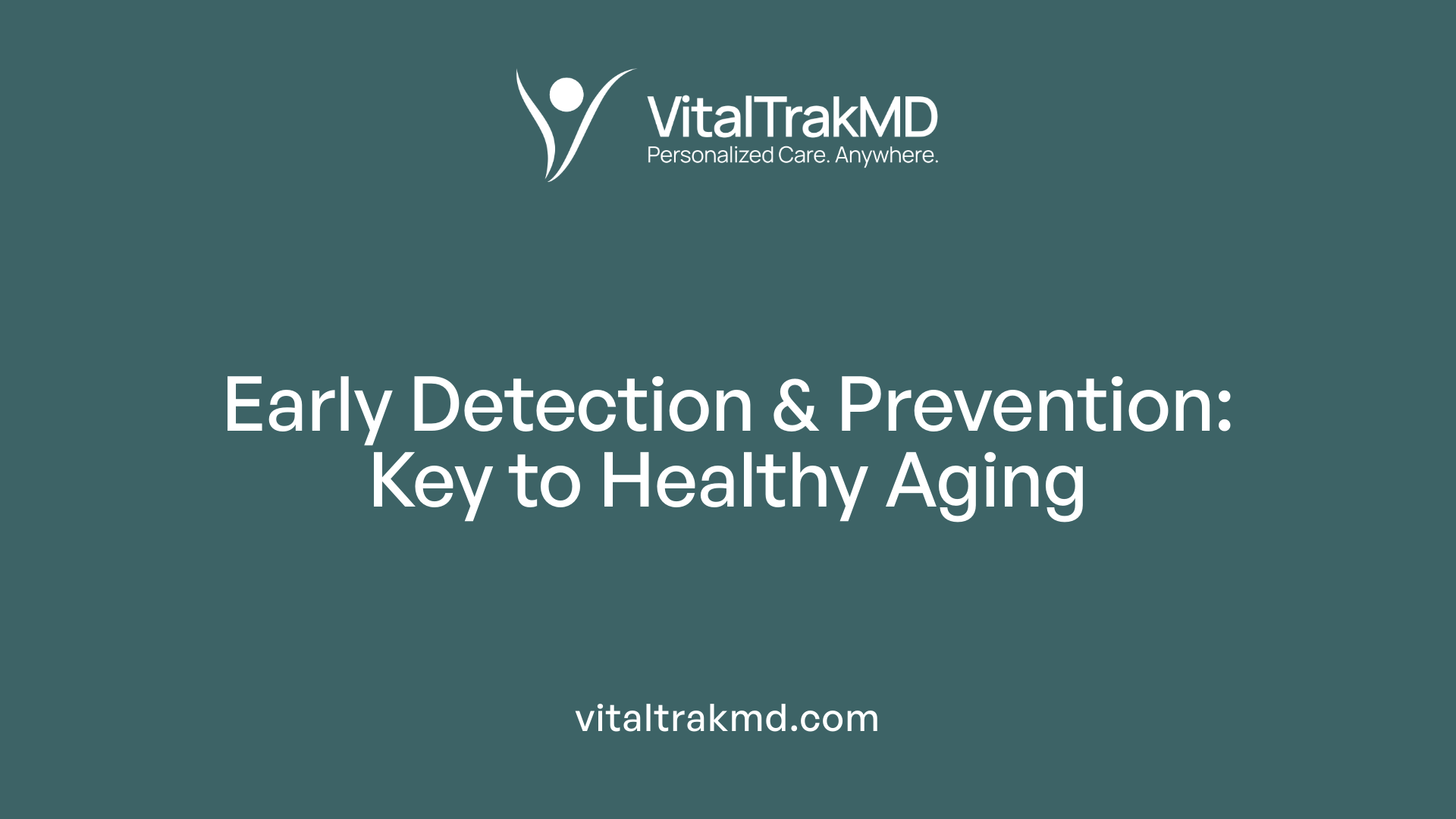
Why are preventive health measures and early detection important through home visits for seniors?
Preventive health measures and early detection during home visits are essential for maintaining seniors' health and independence. Healthcare professionals can identify subtle signs of conditions such as heart disease, diabetes, and cognitive decline early on. These visits enable personalized assessments by observing the senior in their natural living environment, which can reveal issues that might be overlooked in clinical settings.
When combined with technology—like telehealth and remote monitoring devices—these strategies provide real-time data on vital signs such as blood pressure, blood sugar, and oxygen levels. Early detection through these means allows for prompt intervention, which can prevent the progression of illnesses and reduce the need for hospitalization.
Moreover, early health assessments help in developing tailored care plans, managing chronic conditions more effectively, and reducing long-term healthcare costs. They also foster a sense of security and support autonomy for seniors, helping them stay healthier and more independent longer.
By integrating regular home visits, health evaluations, and modern technology, caregivers can maintain a proactive approach toward senior health, emphasizing prevention over reaction. This holistic method not only improves health outcomes but also enhances seniors' overall quality of life.
Impact of Regular Wellness Checks on Quality of Life
What impact do regular in-home wellness checks have on a senior's quality of life?
Regular wellness checks conducted at home play a vital role in enhancing the overall well-being of seniors. These evaluations enable the early detection and management of potential health issues, which significantly lowers the risk of emergencies, hospital stays, and complications.
During these assessments, healthcare professionals conduct comprehensive reviews of physical health, mental state, and social circumstances. This allows them to develop personalized care plans tailored to the unique needs of each individual, including medication management, lifestyle modifications, and referrals to specialists. As a result, seniors are more likely to maintain their independence and functional abilities, fostering a sense of control over their health.
In addition to physical health benefits, wellness checks provide emotional reassurance and a sense of security. Knowing that health issues are being monitored regularly helps reduce anxiety and feelings of loneliness, which are common concerns among older adults, especially those with limited social interactions.
Moreover, involving multi-professional teams—such as nurses, social workers, and physicians—during these visits ensures that the care provided is holistic and thorough. This collaborative approach enhances outcomes and delivers support across various aspects of health and daily living.
Ultimately, these proactive interventions support aging in place, promote mental and physical health, and contribute to improved life satisfaction. Regular wellness checks are a simple yet effective strategy to sustain independence, prevent health crises, and enrich the quality of life for seniors, especially as they age.
In-Home Monitoring, Care Personalization, and Cost Benefits
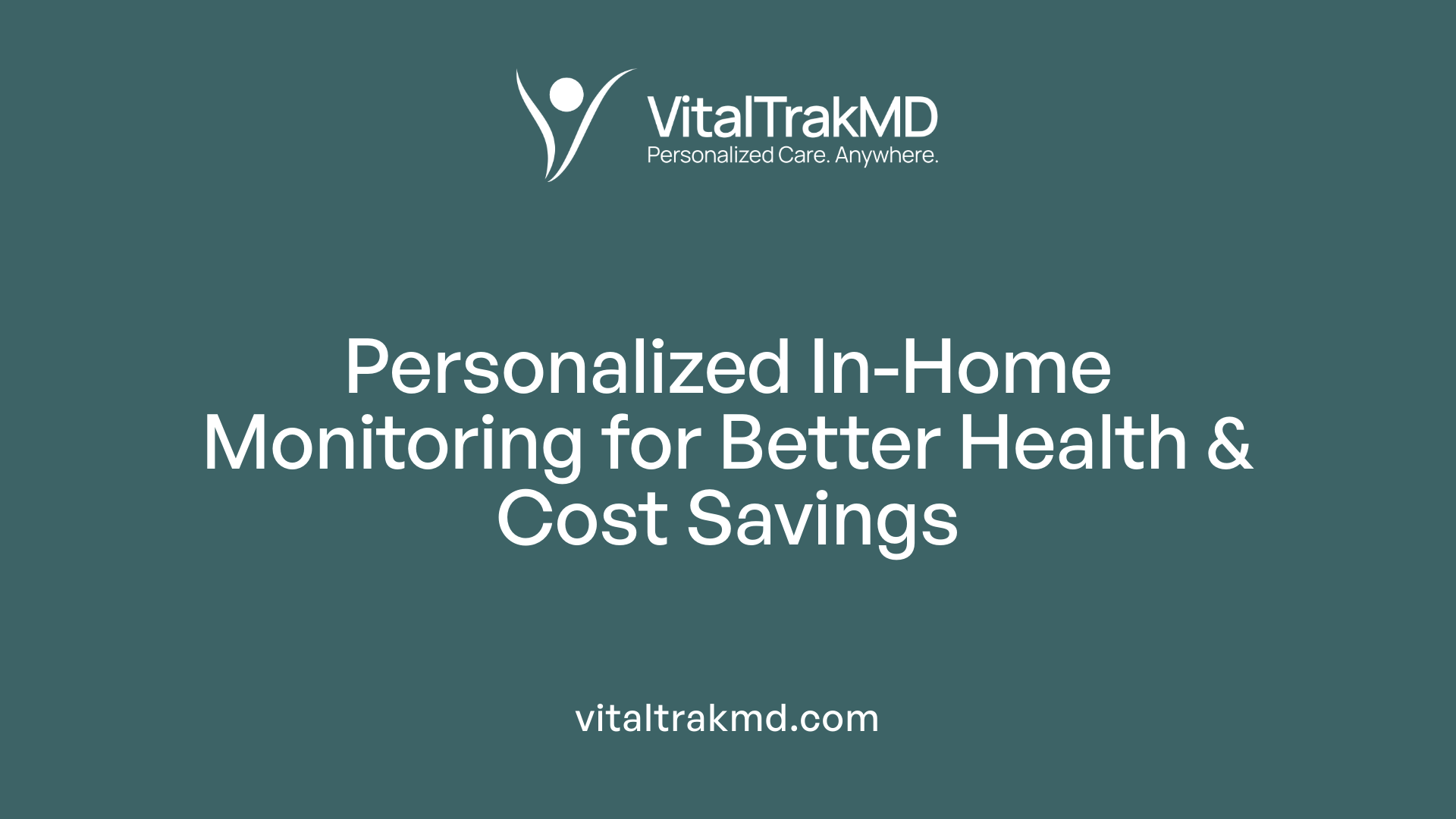
What are the advantages of in-home health monitoring and personalized care for the elderly?
In-home health monitoring and personalized care provide significant benefits for seniors by offering continuous insights into their health directly from their living environment. These technologies enable early detection of health issues such as abnormal vital signs, medication non-adherence, or risk of falls, allowing for prompt medical intervention. This proactive approach helps in better managing chronic conditions like diabetes, hypertension, and COPD, reducing the likelihood of hospitalizations and serious complications.
Safety features included in many monitoring systems, such as fall detection sensors and emergency alert buttons, further support seniors' independence. They offer immediate assistance in emergencies, fostering peace of mind for both seniors and their families. Personalized care plans that incorporate regular assessments ensure that care strategies are tailored to individual needs, addressing physical, mental, and social aspects of well-being.
Moreover, in-home care services—like medication management, physical therapy, and routine health screenings—are adapted to each senior’s circumstances, promoting comfort and dignity. These tailored approaches not only improve health outcomes but also tend to be more cost-effective, decreasing unnecessary hospital visits and emergency department utilization.
Overall, integrating advanced health monitoring devices with personalized home care creates a supportive environment where seniors can maintain their independence longer, enjoy improved quality of life, and experience healthcare that centers on their specific needs. This synergy of technology and personalized services proves beneficial both medically and economically, exemplifying a sustainable model for elder care.
Best Practices for Conducting Effective Senior Health Check-Ins
What are best practices and procedures for conducting senior health check-ins at home?
Conducting health check-ins with seniors at home requires a thoughtful and organized approach. First, personalization is crucial—tailoring assessments based on the individual's health conditions, lifestyle, and preferences ensures more effective care.
Regular contact can be maintained through scheduled phone calls, video chats, or in-person visits, which help detect early signs of health issues and provide emotional support. These touchpoints are vital in building trust and ensuring ongoing health monitoring.
Utilizing safety tools such as fall detection sensors, emergency alert bracelets, or medical alert systems enhances safety. These devices enable prompt emergency responses if needed.
A comprehensive assessment includes reviewing medication adherence, monitoring vital signs with simple devices, and evaluating home safety. Adjustments should be made as health needs evolve.
Creating a safe environment involves checking for hazards like loose rugs, poor lighting, or clutter that could lead to falls. Installing grab bars, handrails, and ensuring easy access to essentials promotes independence.
Coordination with healthcare providers is essential. Professionals like nurses, physiotherapists, or social workers can offer detailed health evaluations and intervention when necessary.
Family involvement adds another layer of support—family members or trusted friends can participate in regular check-ins, observe changes, and assist with medication management.
Education plays a role too. Seniors and caregivers should be informed about managing chronic conditions, recognizing warning signs, and using emergency devices correctly.
Lastly, it is critical to review and adapt care plans periodically, ensuring they reflect any changes in health or living circumstances. Emergency preparedness, including having clear protocols and accessible contact information, ensures prompt action when needed.
By combining personalized assessment procedures, consistent contact, safety monitoring tools, and environmental adjustments, caregivers and professionals can conduct effective and compassionate senior health check-ins that promote safety, health, and well-being.
Supporting Aging in Place Through Regular Health Checks
In-home health check-ins and assessments form a cornerstone of eldercare, fostering early detection, personalized interventions, and safety. These proactive measures support aging in place, helping seniors retain their independence while enjoying high-quality health and social engagement. Embracing technology and best practices ensures that seniors receive comprehensive, compassionate, and cost-effective care, significantly enhancing their overall quality of life.
References
- Benefits of Health Monitoring at Home
- How Medicare Advantage In-Home Health Assessments Keep ...
- Doctor Home Visits Can Benefit your Aging Loved Ones
- Effects of home visits on quality of life among older adults
- Why Signify Health Calls: Value of Home Evaluations
- Four Ways a Well-Being Check Makes a Difference - Home
- Personalized Mobile Health for Elderly Home Care: A Systematic ...
- Essential Health Assessments for Homebound Seniors
- The Essential Benefits Of In Home Wellness Checks
- The Importance of Senior Citizen Health Checkups - Ennoble Care
Recent articles
Want to Feel Better and Live Healthier?
Join hundreds of patients taking control of their health with personalized care that fits their life – not the other way around.
Rated 4.8/5 by 32+ customers







